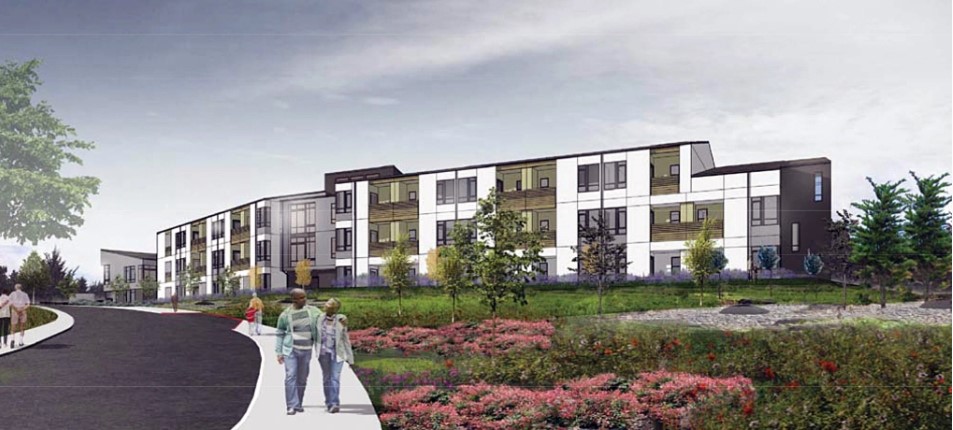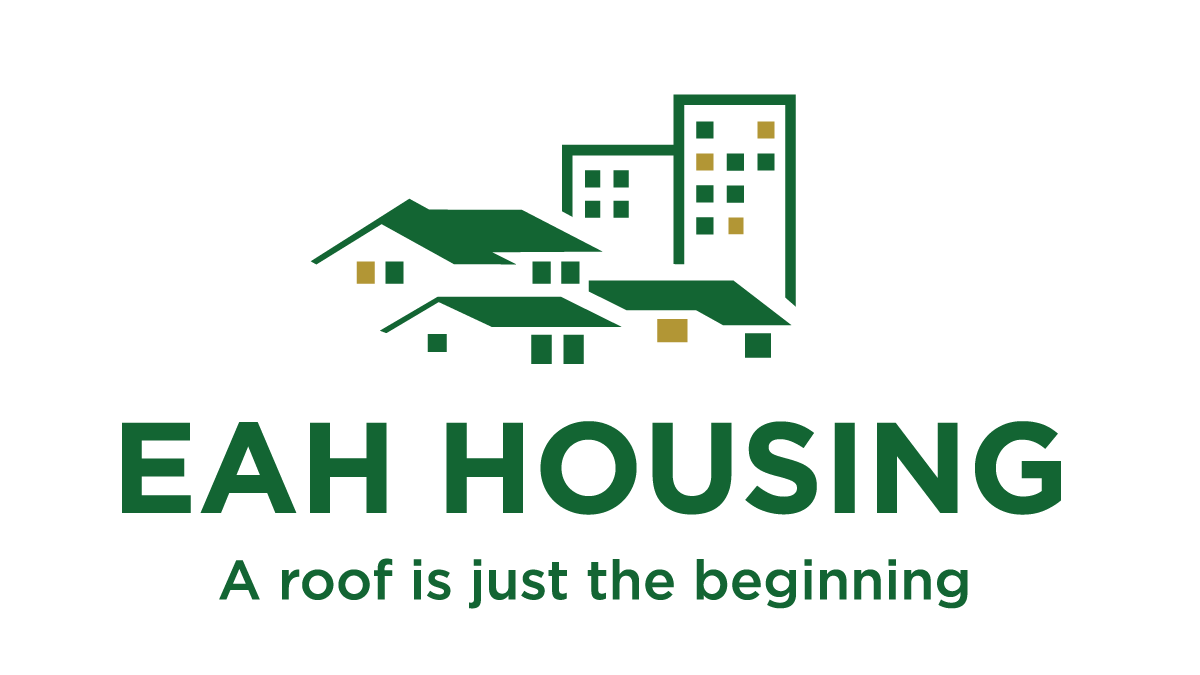
The Veterans Transition Center Seeks To End Veteran Homelessness With 71 Units
Monterey County Weekly
By Pam Marino | November 29, 2021
Just over 170 homeless veterans were counted in Monterey County during the point-in-time homeless census in January 2019. That number is likely higher, but it provided a target to aim for and overcome, which is exactly what the nonprofit Veterans Transition Center is doing with its plan to build the 71-unit Lightfighter Village apartment complex in Marina. After seven years of planning, the project could finally start construction by VTC’s partner, nonprofit developer EAH Housing, about a year from now at a cost of around $45 million, says VTC CEO Kurt Schake.
Since VTC is already housing 100 veterans through various programs, when Lightfighter Village is completed in 2024, it could mean taking the county to “functional zero” for veteran homelessness, says Schake. (Functional zero is a term used among homeless agencies to denote when homelessness is rare and, if it happens, brief.) At the very least, the project will “take a big bite out of veteran homelessness in the area,” he says. “It will add a dimension of permanent, sustainable housing we have not had before.”
The project includes 64 studio apartments and seven two-bedroom family apartments, with one reserved for an on-site manager. The apartments will be rented to low – and extremely low-income veterans and their families, with most on housing vouchers from different agencies. Residents will receive supportive services: the Veterans Administration will provide light case management for some, with Monterey County Behavioral Health providing services for serious cases and VTC supporting the rest.
Currently the land for Lightfighter Village is the site of four unused duplexes that once housed senior non-commissioned officers when it was the U.S. Army’s Fort Ord. The site is around the corner from the VTC offices in Marina, on Hayes Circle.
The project hit a major snag several years ago when it was discovered that the land – currently owned by the U.S. Department of Health and Human Services that will be purchased and eventually transferred to VTC – didn’t have water rights. Those rights were with the Army and Schake describes what followed as a “five-year thrash” to obtain the rights, ending with Schake sitting outside an office at the Pentagon waiting for a signature from an Army officer.
With the water secured, the quest for financing began in earnest. A final piece of state funding came in September with $12 million. EAH is now assembling the tax credits that nonprofit developers use to further finance the construction.

